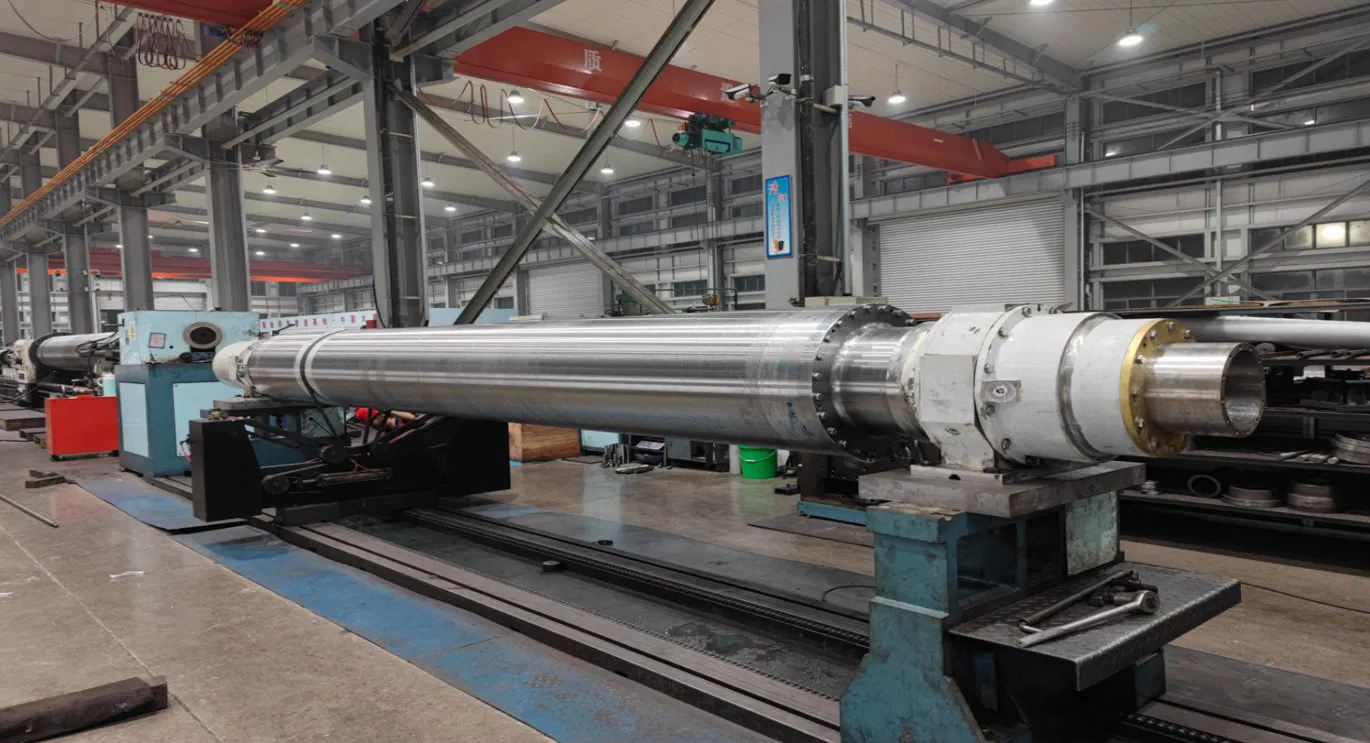
Paper manufacturing is a complex process involving numerous variables, each playing a crucial role in the final product's quality. One often overlooked yet critical factor is selecting the right roll hardness for your paper grade. Roll hardness significantly influences the paper's properties, affecting everything from smoothness and printability to overall strength and durability. Making the correct choice can optimize your production process and ensure a high-quality end product.
Understanding Roll Hardness and its Impact
Roll hardness, typically measured using a Pusey and Jones (P&J) plastometer, represents the resistance of a roll cover to indentation. A higher P&J value indicates a harder roll. This hardness directly impacts the pressure distribution within the nip (the point of contact between two rolls) during processes like calendering. Choosing the appropriate roll hardness for your paper grade is paramount for achieving the desired paper properties.
Matching Roll Hardness to Paper Properties
Different paper grades require varying roll hardnesses. For example, a softer roll might be suitable for producing a bulky, absorbent paper towel, allowing for a higher caliper and greater softness. Conversely, a harder roll is preferred for producing a smooth, glossy paper suitable for high-quality printing, as it provides a more uniform surface finish. Therefore, understanding the desired final product characteristics is crucial in selecting the right roll hardness.
The Role of Nip Pressure
Nip pressure, the force exerted between two rolls, is intricately linked to roll hardness. Harder rolls generally result in higher nip pressures, enabling better control over sheet density and smoothness. However, excessively high nip pressure can lead to issues like blackening and crushing of the sheet. Finding the optimal balance between roll hardness and nip pressure is key to achieving the desired paper properties without compromising its integrity.
Considering Paper Roll Density and Calendering
Paper roll density also plays a vital role in determining the appropriate roll hardness. Denser paper grades typically benefit from harder rolls, which can effectively compact the sheet and improve its surface properties during calendering. Calendering, a process of smoothing and compressing paper between rolls, relies heavily on the correct roll hardness to achieve the desired gloss, smoothness, and caliper.
Common Pitfalls in Roll Hardness Selection
One common mistake is selecting a roll hardness based solely on the paper machine's speed or the previous roll used, without considering the specific paper grade being produced. This can lead to suboptimal paper quality and production inefficiencies. Another pitfall is neglecting the impact of roll hardness on other process variables, such as nip pressure and calendering settings. A holistic approach, considering all interacting factors, is essential. Have you ever considered how roll hardness might be affecting your production efficiency?
Practical Tips for Selecting the Right Roll Hardness
When selecting the right roll hardness for your paper grade, start by clearly defining the desired paper properties. Consult with roll manufacturers and experienced papermaking professionals to understand the optimal hardness range for your specific application. Conduct trials with different roll hardnesses to evaluate their impact on the final product. Don't hesitate to experiment and fine-tune the roll hardness to achieve the best possible results.
Optimizing Your Paper Production Process
By carefully considering the relationship between roll hardness, paper grade, nip pressure, and calendering, you can significantly optimize your paper production process. Selecting the right roll hardness not only improves paper quality but also enhances efficiency by reducing defects, minimizing downtime, and optimizing resource utilization. What steps can you take today to evaluate your current roll hardness selection process?
The Importance of Ongoing Monitoring and Adjustment
Even after selecting the seemingly perfect roll hardness, ongoing monitoring and adjustment are crucial. Roll hardness can change over time due to wear and tear, impacting paper quality. Regularly assess roll conditions and adjust the hardness as needed to maintain consistent paper properties and optimal production efficiency. This proactive approach can prevent costly issues and ensure consistent product quality.
Conclusion: Achieving Paper Excellence Through Informed Decisions
Selecting the right roll hardness for your paper grade is a critical decision that directly impacts the quality and efficiency of your paper production process. By understanding the intricate interplay between roll hardness, paper properties, nip pressure, and calendering, you can make informed decisions that lead to superior paper products and optimized production performance. Take the time to evaluate your current practices and implement the insights shared in this guide to achieve paper excellence. Contact a roll specialist today to discuss your specific needs and explore how optimizing roll hardness can benefit your operation.



